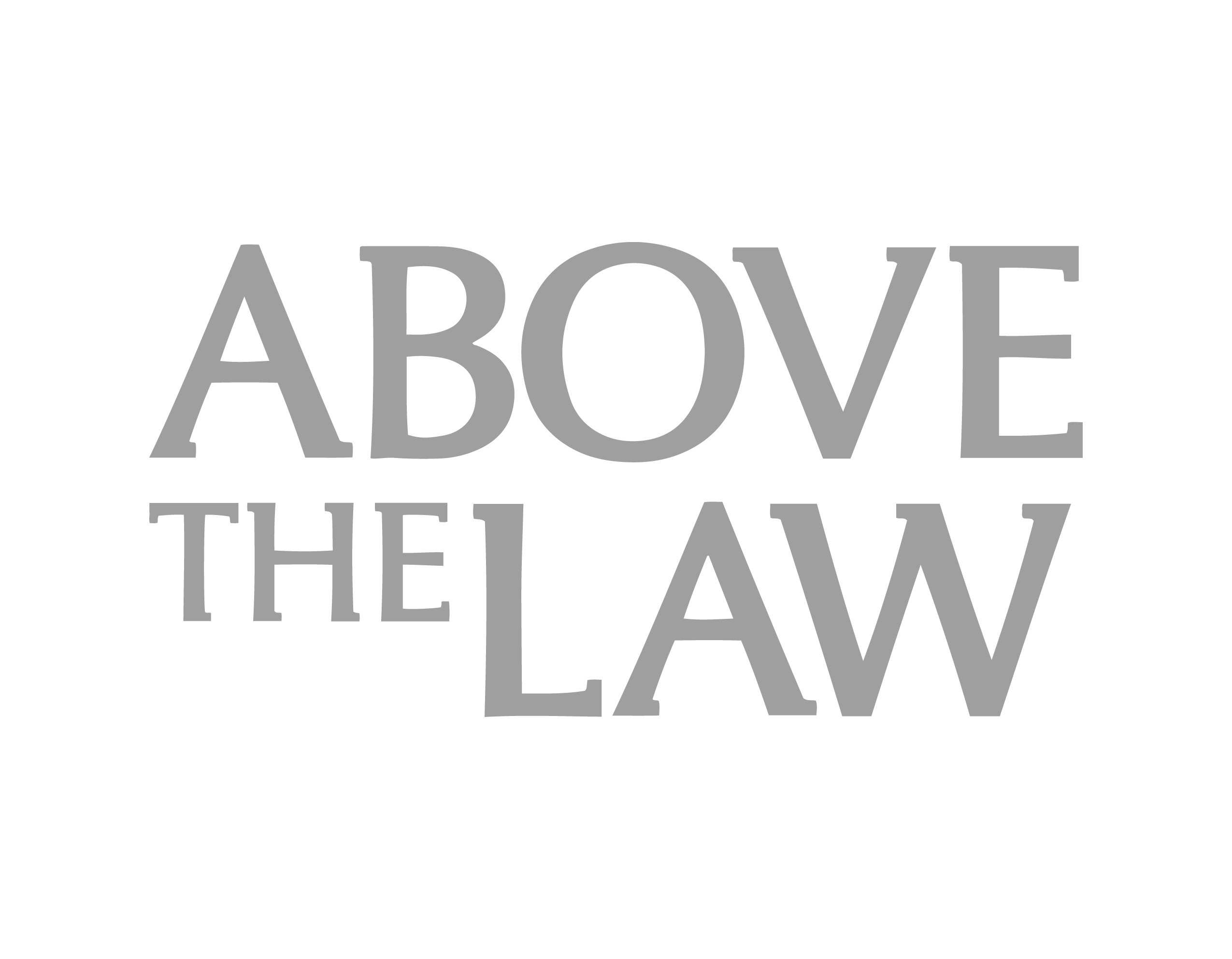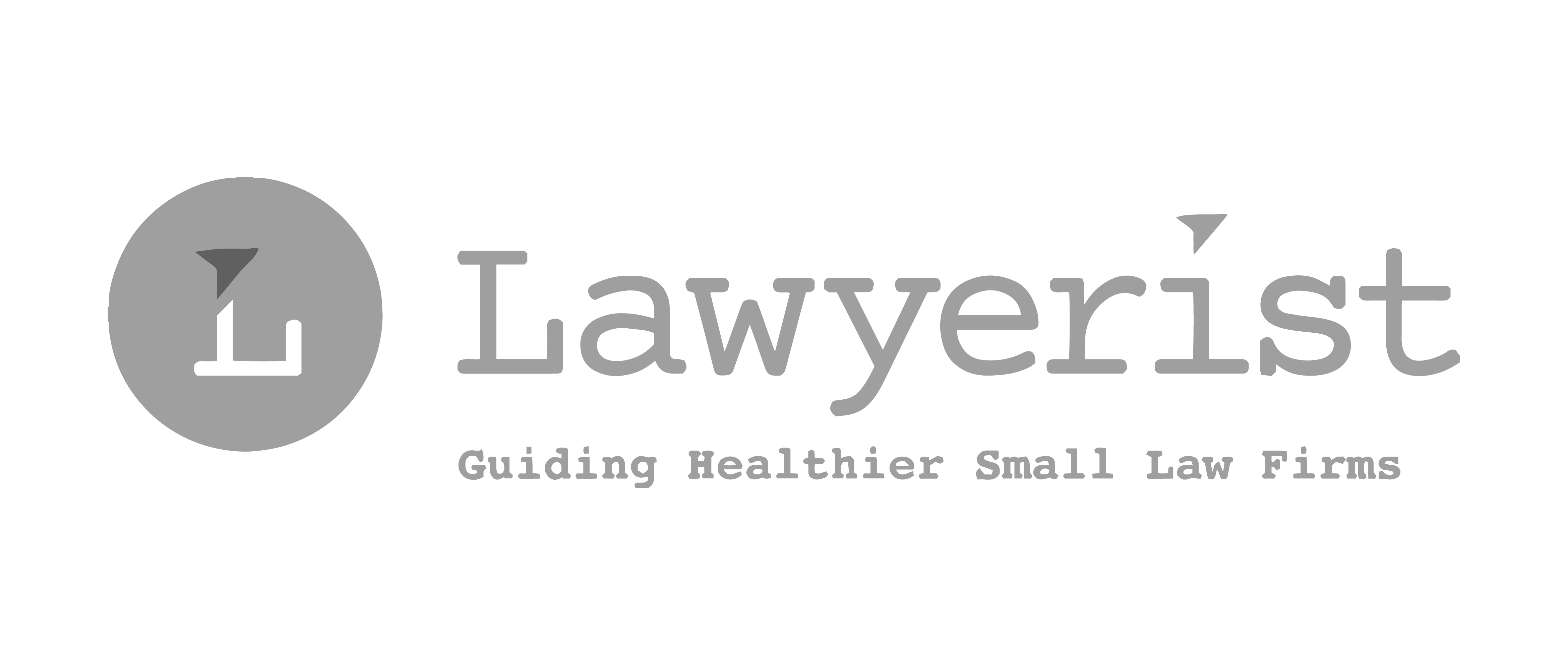Legal Billing Rule #12: Standardize the Tools
The following post is an excerpt from our free e-book, Ridiculously Remarkable Legal Billing. Better billing practices improve your law firm and your life. Here’s the 12th one from the book.
Employ easy-to-use and reliable tools to make billing easier, eliminate errors, and keep the office staff on the same page.
When (a) one lawyer is using a combination of a notepad, an Excel® spreadsheet, Post-It® notes, and her cell phone to track time, (b) another lawyer is using software installed on his computer (which can only be used wherever his computer happens to be), and (c) the staff is using some kind of degraded, free tool they downloaded from the Internet, it’s a huge recipe for inefficiency and trouble.
When we see what some of our own subscribers were doing before they subscribed to our legal billing software, it’s easy to see why billing was a task that always got put on the back burner. The amount of inefficiency that’s inherent in such a “system” (if it can be called that) makes the task way harder than it needs to be. Worse yet, the inefficiencies usually compound over time.
Everyone in the office needs to be using the same tool, preferably, a tool that offers ubiquitous access (home, office, on the road, etc.). A tool that’s also easy to use removes the psychic resistance to using it.
Yes, to do it right, there will be a small initial “investment” required in the form of training – maybe an hour or two per person, basically the equivalent of a lunch hour or two. And that “investment” in training will pay off immediately in the form of better data management, hundreds of billable hours saved, and even better, more efficient client service.
With respect to billing, unifying tools used in an office can help ensure that (a) data loss is minimized, (b) data entry is minimized, (c) everyone has access to the same data, wherever
they are, and (d) reporting ability is no longer limited by access to specific personnel (or, if that limitation exists, it is by conscious choice).
For instance, when a client calls and wants information about their current invoice, the answer won’t have to be “I don’t know. Betty is out sick today.” or “I don’t know. Joe has all his records with him.” So long as a particular user isn’t access-restricted by a setting (some solutions, like ours, enable the client to toggle access settings on and off for security
purposes), any user can login and get the information the client needs.
It goes without saying the tool selected has to be reliable, easy-to-use, and readily adaptable by everyone who will use it.
Don’t underestimate the need for uniform, quality tools. Joel Spolsky (a legendary figure among software developers and the driving force behind www.joelonsoftware.com) set the need for the best tools as one of his criteria of the famous “Joel Test,” a quick test he developed in 2000 to assess the quality of a software team. It’s critically important.
By the way, if you decide to try out a practice management tool to help you with this, I’ll offer some advice on that, as well. Not advice about the particular tool, though I do think we think we offer a very good one ourselves, but about the process of picking one.
Personally, I’m someone who enjoys trying out software. I like to fiddle around with stuff, kick tires, evaluate features, test-drive the UI (user interface), and that sort of thing. In fact, I’m pretty good at that because I’ve been in the software business for almost 15 years. But if you’re not a pro with software, don’t do it like that; it’s probably a complete waste of your time.
Think of it this way: My Dad was a machinist for over 40 years. He can look at tool & die equipment and very quickly and accurately determine whether it’s any good and whether it’s the right tool.
Me? Forget it. I can hold it, look at it, pretend like I’m “evaluating”
it, and maybe read the specs, but without spending some time with someone who really has experience with both the product and my needs, I’m in trouble. The exact same thing applies to business software, even though folks don’t always think of it that way.
If you’re not a software professional, admit it and proceed like you would doing due diligence on anything else. It’s not a 10-minute project, but it’s not a 10-hour project, either. Do it right.
When it comes to evaluating applications for your business, don’t just sign up for a trial, diddle around for a few minutes, tell yourself you’ll “learn it later when you have the time,” and so forth. Instead, invest a little time in taking a live demo, asking questions, actively testing the support team, taking a little free training, and so forth. Your practice is too important not to.
To that end, we find that the most successful attorneys who subscribe to our service take the training, interact with our support team, ask questions, and tend to stay with us a long time.
They’re serious about improving their practice. We have the knowledge, experience, and desire to help them do that – and that’s the start of a perfect marriage.
RELATED POSTS:
Legal Billing Rule #9: Capture Time With Easy, Modern Tools
Legal Billing Rule #10: Beat The Procrastination Monster
Legal Billing Rule #11: Get A Bill Buddy
Share post:








